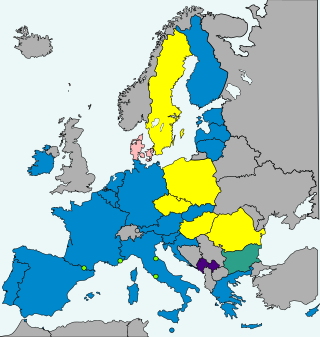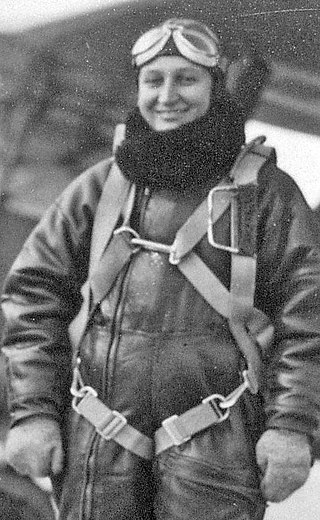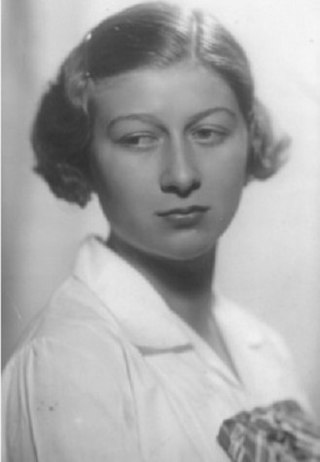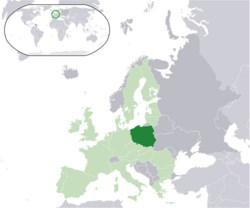
The Polish złoty is the official currency and legal tender of Poland. It is subdivided into 100 grosz (gr). It is the most traded currency in Central and Eastern Europe and ranks 21st most-traded in the foreign exchange market.

Janusz Jędrzejewicz was a Polish politician and educator, a leader of the Sanacja political group, and 24th Prime Minister of Poland from 1933 to 1934.
Current Polish coins and banknotes issued by the National Bank of Poland.

Józef Jan Gosławski was a Polish sculptor and medallic artist. He was a designer of coins, monuments and medals. Laureate of many artistic competitions; decorated with the Silver Cross of Merit.
Fundusz Obrony Narodowej was an attempt by both the government of the Second Polish Republic and the Polish nation to collect funds necessary for improving fighting ability of the Polish Army before the increasingly likely World War II.

Gabriel Czechowicz (1876-1938) was a Polish lawyer, economist and politician. He was the Polish Treasury Minister from 1926 to 1929. Accused of misuse of government funds, Czechowicz was the only Polish politician of the interwar period that faced the State Tribunal of the Republic of Poland in the so-called Czechowicz Case. The case was dropped without ruling due to pressure from the Sanacja regime.

Gold and silver issues of the euro commemorative coins are collectors' euro coins not primarily intended for general circulation; the commemoratives also include rare cases of bimetal collector coins, such as titanium and niobium.

Euro gold and silver commemorative coins are special euro coins minted and issued by member states of the Eurozone, mainly in gold and silver, although other precious metals are also used in rare occasions. Finland was one of the first twelve countries in the Eurozone that introduced the euro (€) on 1 January 2002. Since then, the Mint of Finland Ltd. have been minting both normal issues of Finnish euro coins, which are intended for circulation, and commemorative euro coins in gold and silver.

Euro gold and silver commemorative coins are special euro coins minted and issued by member states of the Eurozone, mainly in gold and silver, although other precious metals are also used in rare occasions. Cyprus introduced the euro (€) on 1 January 2008. In 2000, in such a short time, the Central Bank of Cyprus has produced the first commemorative euro coin in silver. In 2010 the Central Bank of Cyprus has produced 2 more commemorative euro coin in gold and silver.
The 10 Polish Złotych note is the lowest value złoty banknote and has been used since the redenomination of the złoty in 1995. The note is used as the sole currency in Poland, a country with a population of about 38 million.
The 20 Polish złotych note is a denomination of the Polish złoty.
The Polish 50 Złotych note is a denomination of Polish currency. It features King Kazimierz III on the obverse on a blue background, and on the reverse shows the old Polish eagle and a scepter.

Euro gold and silver commemorative coins are special euro coins minted and issued by member states of the Eurozone, mainly in gold and silver, although other precious metals are also used on rare occasions. Slovakia is scheduled to introduced the euro (€) on 1 January 2009. The National Bank of Slovakia, together with the Kremnica Mint, will be issuing both normal issues of Slovak euro coins, which are intended for circulation, and commemorative euro coins in gold and silver. These special coins have a legal tender only in Slovakia, unlike the normal issues of the Slovak euro coins, which have a legal tender in every country of the Eurozone. This means that the commemorative coins made of gold and silver cannot be used as money in other countries. Furthermore, as their bullion value generally vastly exceeds their face value, these coins are not intended to be used as means of payment at all—although it remains possible. For this reason, they are usually named Collectors' coins.
Poland has a rich selection of Gold and Silver commemorative coins. In the year 2008 coins were launched in the series: "Animals of the World", "Monuments of Material Culture in Poland", "Polish Painters of the Turn of 19th and 20th Centuries", "The Polish Calendar of Traditional Customs and Rituals", "History of the Polish Zloty", and various occasional coins.
Poland has a rich selection of Gold and Silver commemorative coins. In the year 2007 coins were launched in the series: "Animals of the World", "Polish Travelers and Explorers", "History of the Polish Zloty", "Monuments of Material Culture in Poland", "History of the Polish Cavalry", "Polish Painters of the Turn of 19th and 20th Centuries" and various occasional coins.
Poland has a rich selection of Gold and Silver commemorative coins. In the year 2006 coins were launched in the series: "Animals of the World", "History of the Polish Złoty", "The Polish Calendar of Traditional Customs and Rituals", "Monuments of Material Culture in Poland" ,"History of the Polish Cavalry", "Polish Painters of the Turn of 19th and 20th Centuries" and various occasional coins.

Wacław Lipiński (1896–1949) was a Polish historian, military officer and resistance fighter, lieutenant colonel in the Polish Army of the Second Polish Republic, recipient of Polish highest military decoration, the Order of Virtuti Militari.

Red złoty refers to circulating gold coins minted in the Kingdom of Poland from 1526 to 1831. Whereas złoty "(adj.) gold(en)" could simply refer to the colour, czerwony (red) specified the material as gold.

Janina Antonina Lewandowska was a Polish World War II pilot murdered in the Katyn massacre by Soviet forces.

Agnieszka Dowbor-Muśnicka was active in the Polish resistance against Nazi occupiers in World War II and was murdered in the Palmiry massacre.













